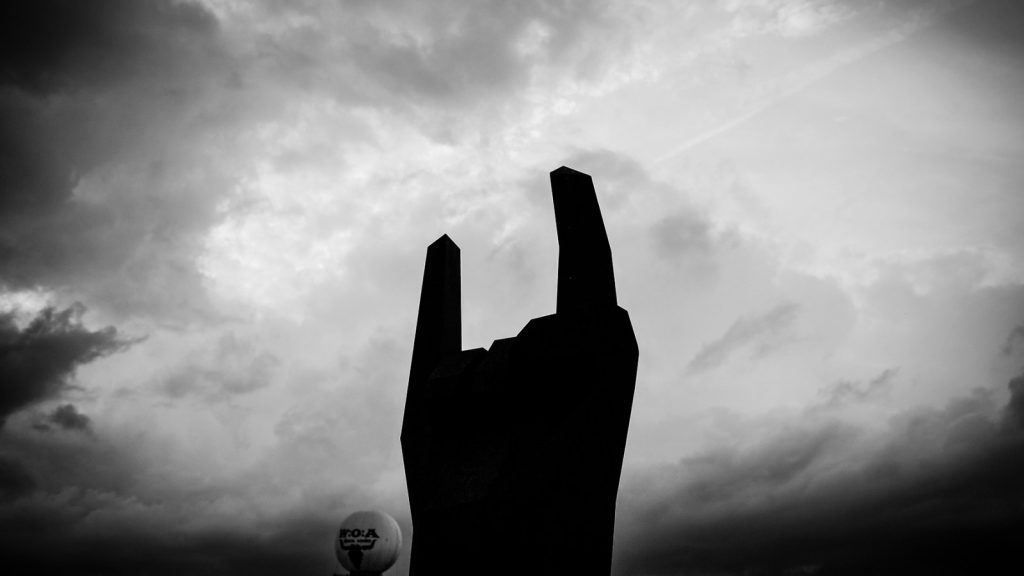My Unexpected Journey into Metal Music
In November, shortly after a tumultuous election, I accidentally became a metalhead. There’s no turning back now. Before diving deeper into that, though, let’s rewind about six decades.
A Journey Through Music History
For most of my life, I managed to stay in tune with popular music. My deep engagement began in the early 1970s when I ventured into music journalism. This path was unexpected; instead of studying journalism, I majored in music at Portland State University. Much of my early education came from listening to the radio, particularly KISN, where I would eagerly await new sounds after school. The 1960s, especially, were filled with iconic artists like The Beatles and Ray Charles; their music was omnipresent.
Transformative Musical Discoveries
The music from that era was shaped by the prevailing ideals and events, with moods fluctuating between joy and despair. In 1967, during what was known as the Summer of Love, I discovered my all-time favorite album: The Velvet Underground and Nico. Its raw themes of heartache and addiction sparked many debates with friends regarding rock & roll, marking the beginning of a lifelong discourse.
Uncovering Metal’s Evolution
Over five decades of writing for Rolling Stone, I often explored the histories of rock legends, reinforcing my fascination with the past. However, this same pursuit inadvertently connected me to metal music in unexpected ways. In October, I stumbled upon the Brown Acid series from RidingEasy Records. Though drawn in by its title, I soon realized it encapsulated the evolution from psychedelic music to what became known as heavy rock.
Understanding Metal’s Diverse Subgenres
After finishing the Brown Acid series, I became curious about heavy metal’s journey. Admittedly, I had largely overlooked this genre in my music explorations due to its perceived flamboyance and troubling themes. While bands like Van Halen and Led Zeppelin had occasionally piqued my interest, I set out to understand metal more deeply, leading me to examine its subgenres, particularly black metal and death metal. This exploration revealed complex histories and diverse cultural roots that extended beyond the typical American or British narrative.
The Impact of Black and Death Metal
This deeper dive exposed me to the contrasting themes of these metal forms. Death metal often leans toward fatalism, while black metal bravely interrogates themes of evil and nihilism. The latter’s complex evolution—especially in Norway—has confronted significant issues, including violent acts and controversial beliefs. Yet, alongside this, a counter-narrative has emerged, with many contemporary black metal artists rejecting toxic ideologies, instead championing messages of resistance and community.
The Metal Scene: A Vast and Vital Landscape
What astonishes me most about metal is its vastness. There are countless subgenres, each with distinctive spins on the overall metal aesthetic, thriving across the globe. As I embrace this journey at the age of 73, I find joy in discovering the deeper meanings and innovations within metal music. Although I wrestle with some vocal styles and lyrical themes, the depth and creativity within the metal community keep me engaged as I continue to explore its rich tapestry.
Now, I find myself immersed in metal culture, cataloging thousands of albums from numerous bands. As I navigate this unexpected passion, it seems that metal will be my musical home for years to come.



